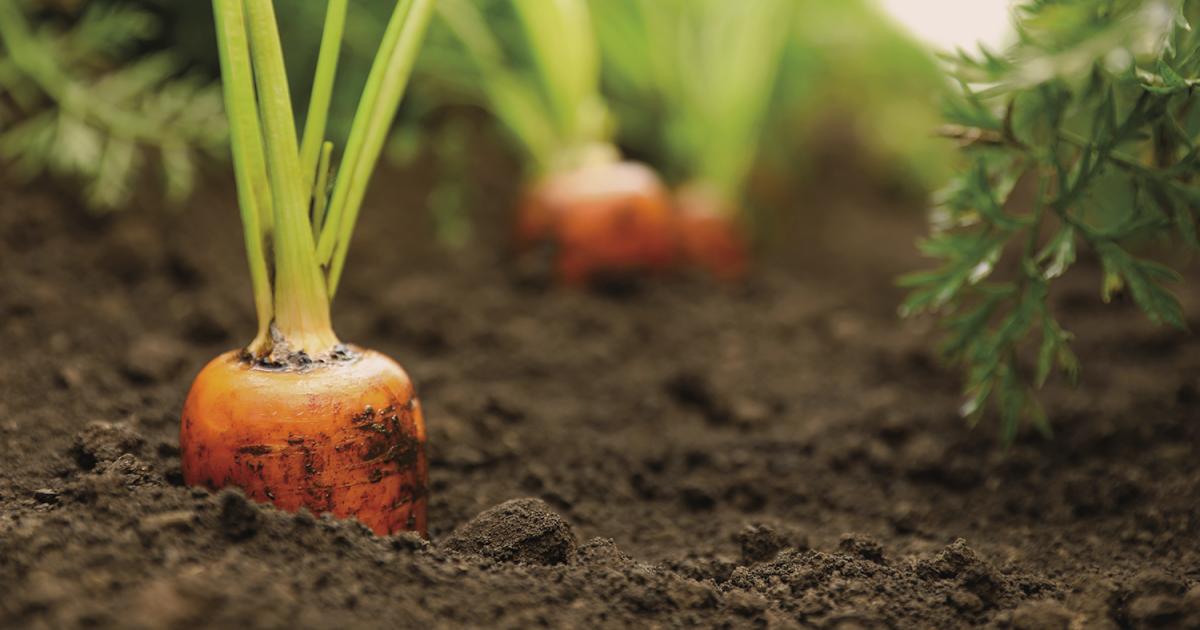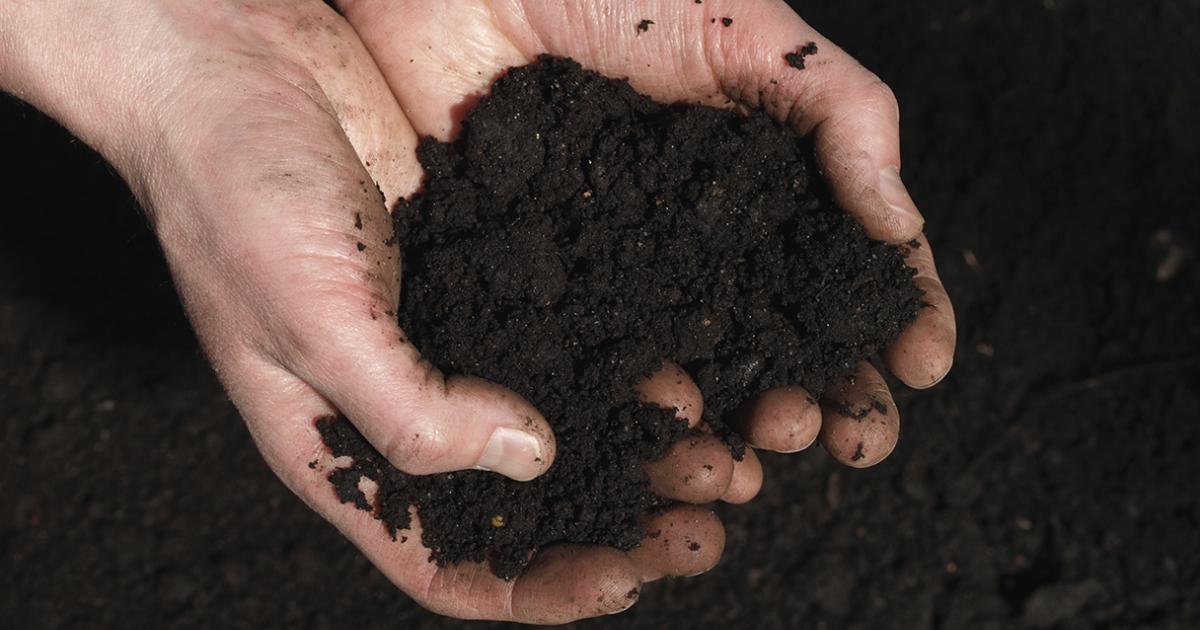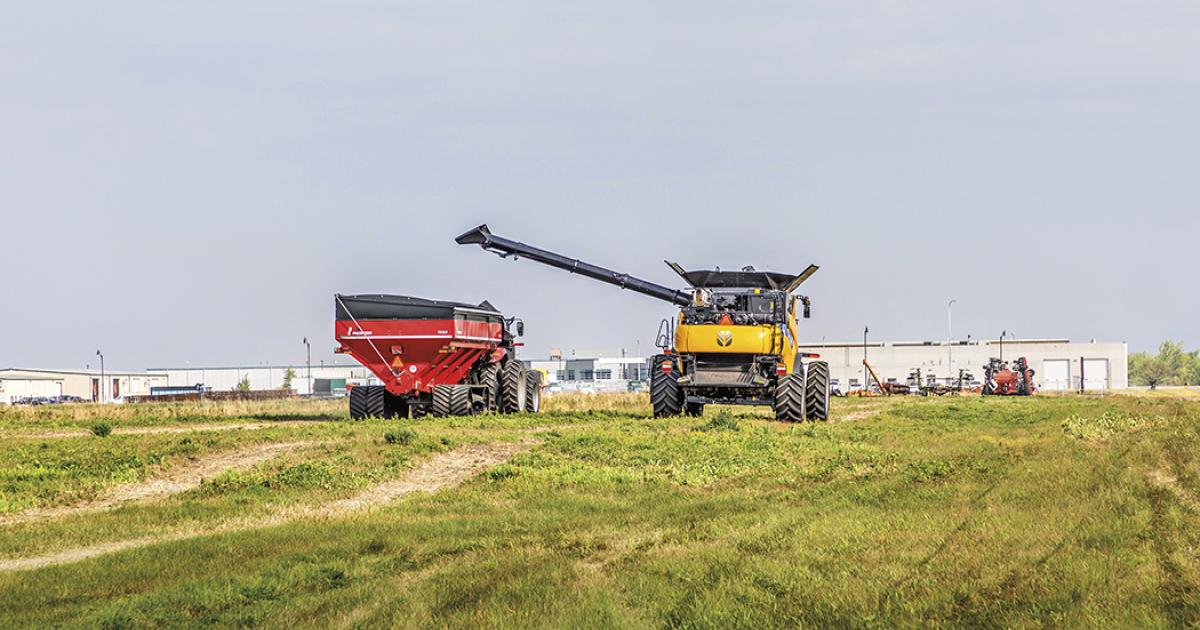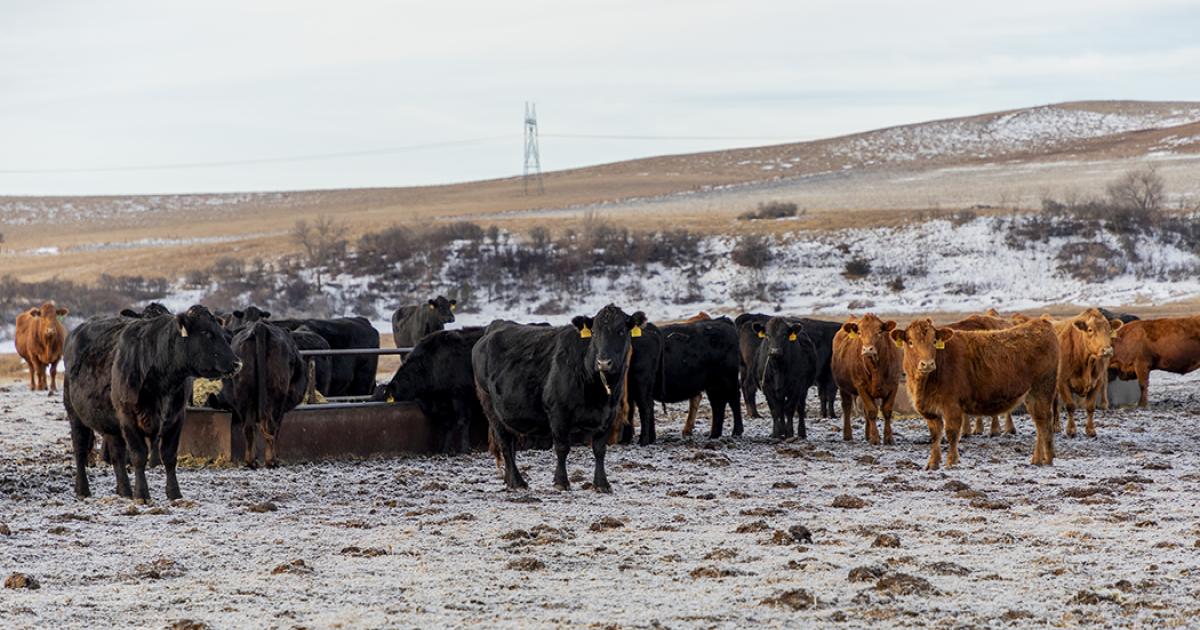If you’re a garden lover in North Dakota, the planting season may not be long enough to satisfy your yearning to connect to the earth.
However, you can extend the season by planning and preparing prior to planting.
Considering the season’s last frost usually happens between May 16 to 30, depending on where you live in North Dakota, you have some time over the next two months to get a few things ready to make your growing season more productive.
TAKING CARE OF YOUR TOOLS
Before preparing your soil, dig out your gardening tools and get them in tip-top shape by cleaning and sharpening them. Doing so will help remove any fungus or spoilage from last year’s garden.
Begin by rinsing your tools, using a wire brush or putty knife to get rid of any caked-on dirt. You can rinse them with a simple mixture of soap or water. If there’s a chance the tools were exposed to diseased plants, use a disinfectant like rubbing alcohol to sanitize them.
After drying your tools, sharpen them with a sharpening stone or file and they'll be ready to go. Be sure to push the file or sharpener in one direction rather than back and forth across the blade. For your safety, always wear eye protection and heavy gloves to avoid slivers.
During the gardening season, use disinfecting wipes to remove sap, bacteria or fungus from your gardening tools.
IT STARTS WITH THE SOIL
Once the snow melts away – and it could take a while this year – inspect your soil. It's one of the most essential parts of a garden.
Before cultivating, ensure the soil is dry enough. Digging in the soil while it’s still too moist could damage it. To check soil moisture, try this simple test. Reach into the ground a couple of inches deep and squeeze a handful of dirt into a ball. If it remains intact, the soil is still too moist, so you may want to wait and test again. When the clump of dirt in your fist falls apart, the soil is ready to be cultivated.
Next, add organic material to your garden. Popular options include compost or peat moss. Adding this to your garden improves the soil and helps it hold more water and nutrients. You can add organic matter in the spring or fall, working it in the garden bed two to three inches.
You may also want to add a fertilizer that includes nitrogen (N), phosphorus (P) and potassium (K). One way to determine your soil needs is to run a soil test. North Dakota State University (NDSU) offers soil testing for homeowners. For $19.50 plus postage, the lab will test the amount of N, P, K, pH, soluble salts and organic matter. Lab personnel will then provide customized recommendations for your site.
The dollars are well spent as you'll save some money by knowing exactly what type of fertilizer your soil needs. You can test the soil annually or every couple of years. Local NDSU Extension offices have soil testing bags, directions and information sheets for gardeners, or go online at https://www.ndsu.edu/snrs/services/soil_testing_lab.
According to NDSU, if you don't have time to complete a soil test before planting, the general recommendation is to add one pound of an all-purpose fertilizer, such as 10-10-10, per 100 square feet of garden or add smaller amounts of nitrogen a couple of times during the growing season.
You can till or rake the fertilizer into the soil. Before planting, level the seedbed with the back of a heavy rake to break up any large pieces of soil.
CREATE A PLANTING PLAN
Once your tools and soil are ready for planting, create a plan for what you think will work best for this year's garden. Think about what worked well in the past and what failed, and plan accordingly. Make a list of the plants you want in your garden to make shopping easier and know your planting zones when buying your seedlings in advance, so you'll know when it’s the right time to plant in your area.
As you develop your plans, remember to rotate your garden to plant a different crop in the same spot as the year before. Moving your plants around keeps pests and diseases from building up in the soil.
Finally, since you only have a few months each year to enjoy gardening, savor the season through daily tending, weeding and watering, so you can reap the rewards of what you've planted this spring with an abundant harvest this fall.
Clarice L. Kesler is communications manager for the North Dakota Association of Rural Electric Cooperatives. A passionate gardener, she has spent more than three decades cultivating her own gardening skills and beloved flower gardens. She can be reached at ckesler@ndarec.com.











